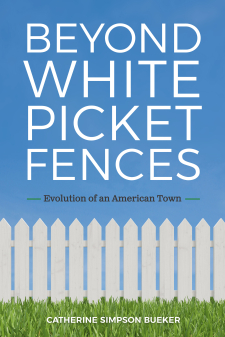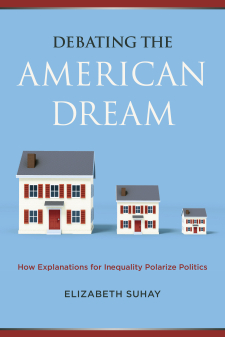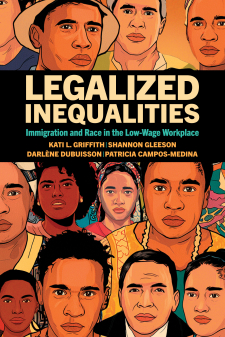Immigration Policy in New Destinations
In the past two decades, the U.S. has seen a notable increase in the numbers of new immigrants from Latin America moving away from traditional gateway areas to new immigrant destinations in the south and Midwest, as well as to suburbs and small towns around traditional gateway cities. These new locales have little or no previous experience with immigration and lack the institutional infrastructure to help immigrants integrate. As a result, they often struggle to create new policies in response to these rapid changes. How have different kinds of localities responded to high levels of immigration from Latin America in recent years? How do different policy processes lead to restrictive or inclusive laws?
Nilda Flores-Gonzalez, Andy Clarno, and Xóchitl Bada of the University of Illinois at Chicago are working to answer these questions by analyzing the role that different public and private actors in new-immigrant destinations play in shaping restrictive or inclusive immigration policies. In addition to examining the ways that these actors and the interactions between them impact local policy, they are examining how city, suburb, and exurb communities within the same metropolitan area react differently to demographic changes.
Flores-Gonzalez, Clarno, and Bada selected five sites in the greater Chicago metropolitan area, four independent communities and one neighborhood within Chicago, each with different levels of restrictive or inclusive immigrant ordinances. At each site, the researchers will analyze the actions of the local public officials, including how they frame issues in the public discourse; the role of the electorate, including how changing electoral composition impacts politics; and the role of public institutions, such as the police and schools, which often act as gatekeepers to immigrant integration.





